The Ferrari 750 Monza Spyder was a road racing car designed for the World Sportscar Championship. It made several steps forward in automotive design with an enlarged inline four cylinder engine and improved mechanical layout. The ‘Monza’ name was earned when the car took overall victory on its first outing at the 1954 Gran Premio Supercortemaggiore’ 100km race at Monza.
Inspired by the success of four cylinder ALTA powered HWMs at the hands of Stirling Moss and as a result of new Formula 1 rules. Enzo Ferrari engine designer Aurelio Lampredi (already known for his success with the V12 of the Ferrari 375 MM) to develop their own lightweight four-pot. The low rpm torque curve offered an advantage on twisty circuits compared to the V12 units previously used. The resulting engine was first seen in 2 litre form to comply with Formula 2 rules and as a 2.5 litre for Formula 1 cars. Alberto Ascari proved the engine a success by winning the 1952 Formula 2 World Championship. In Ferrari tradition the Grand Prix engine was carried over to a sportscar chassis – the 750. The 750 was given a 3 litre version of the same engine complete with twin oversized Weber carburettors, to generate further power and low-down torque.
The 750 Monza also featured a tubular spaceframe with a new transaxle layout with the 5 speed gearbox at the back to improve weight distribution. The rear unusually used de Dion style suspension with the front wheels controlled by unequal length A-arms. Early cars used traditional leaf springs while later models used more modern coils.
Both Pininfarina and Scaglietti produced bodywork for the car and while the former used a traditional style the Scaglietti spyder design with a sleek low nose with cowled headlamps and faired-in headrest that drew most attention.
The car notched up many victories and was particularly popular with privateer racers helping to establish the Ferrari name at the pinnacle of sportscar racing. In the hands of an experienced driver the Monza proved to be nearly as fast as the V12 cars. Its time as a champion was short-lived however, thanks to the release of the mighty Mercedes-Benz 300 SLR. A total of 36 cars were made, 35 of which had the Scaglietti spyder bodywork.
The Ferrari 750 Monza also gave birth to the 860 Monza; the four cylinders enlarged to 3431cc and producing over 300 bhp. This car went on to take second and third places at the Mille Miglia and to win the 1956 Sports World Championship with double the points of second-placed Maserati.
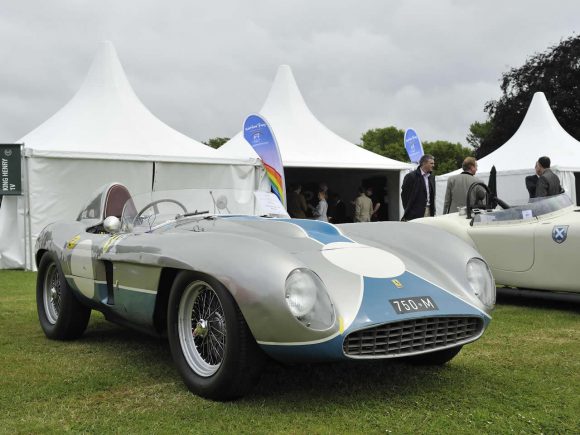
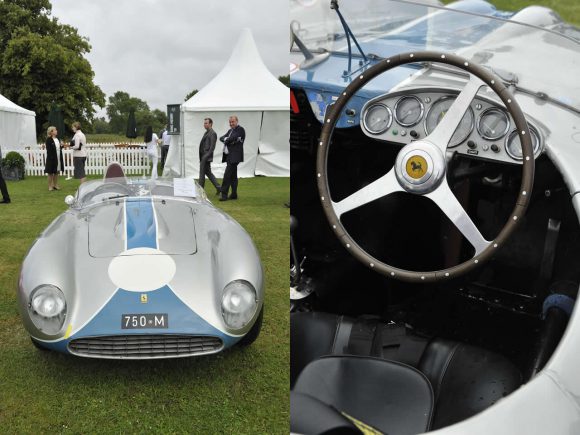
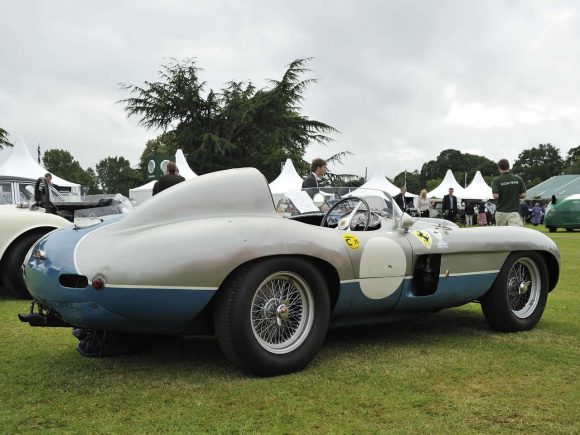
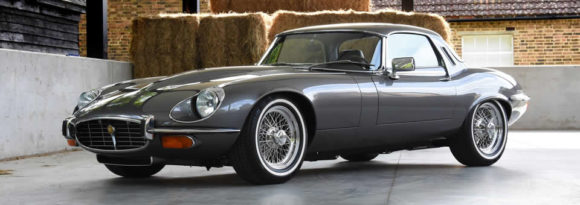
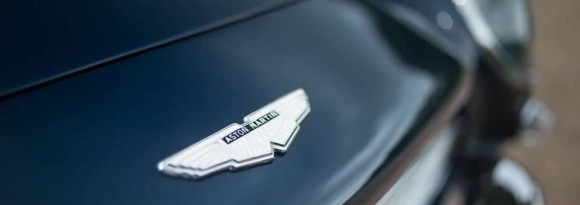
Leave a Reply